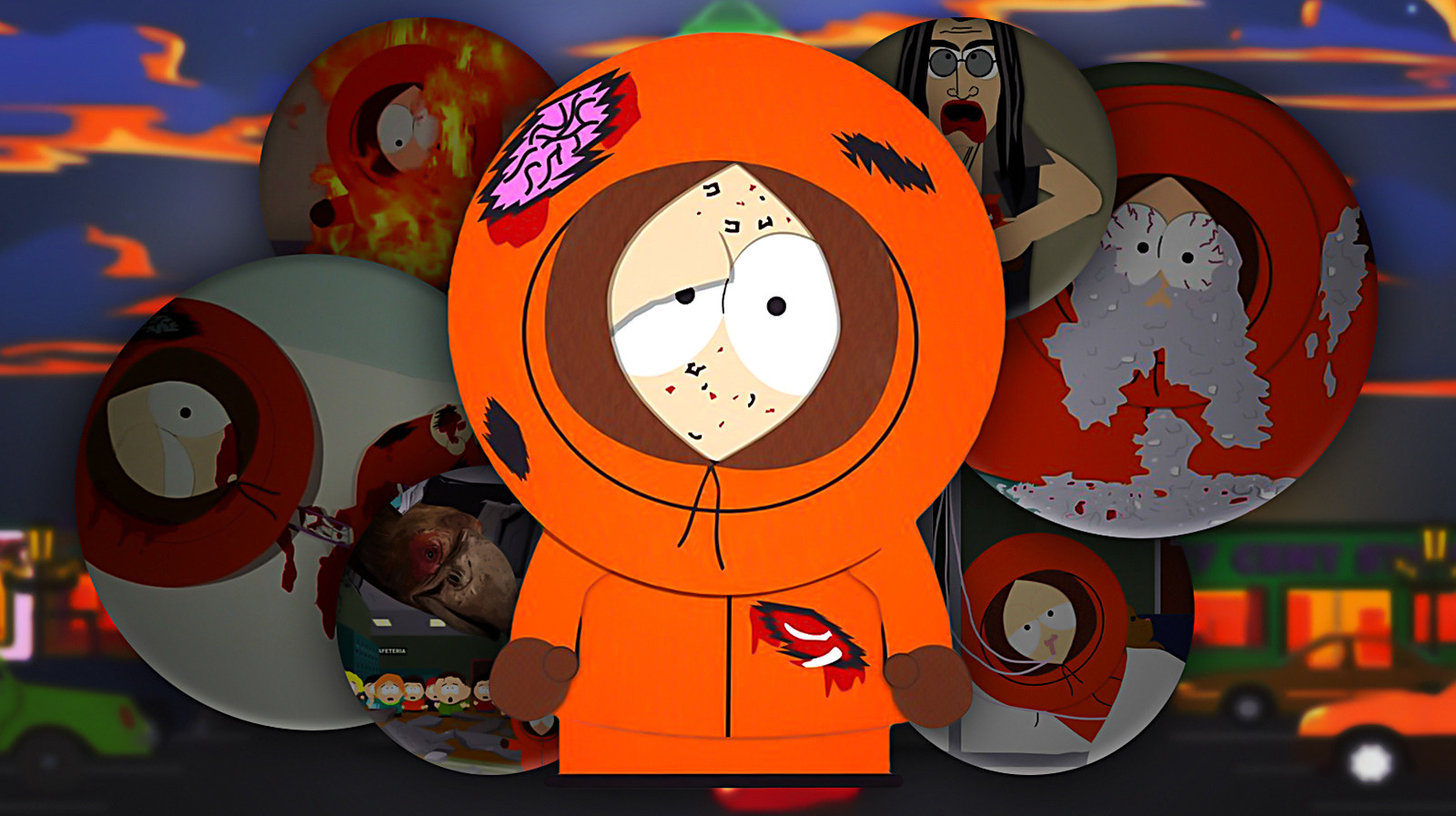Celebritiy
Kenny McCormick’s Death Count on South Park

Kenny McCormick, one of the infamous characters from the animated series South Park, has a reputation for meeting his demise in almost every episode, particularly in the first six seasons of the show. Created by the talented duo Matt Stone and Trey Parker, Kenny is known for his iconic orange parka, which obscures most of his face and results in his dialogue being muffled and hard to understand. While Kenny appears to be one of the more experienced and worldly members of his group, he comes from a background of intense poverty, often showing an unsettling depth of knowledge about adult themes.
Beginning with the series launch in 1997 and continuing until 2002, Kenny’s deaths became a hallmark of the show’s humor. In nearly every episode during this period, audiences were treated to outrageous fatalities, ranging from being impaled on various objects to more absurd scenarios like being cut in half by a chainsaw. The running joke, “Oh my God, they killed Kenny!” followed by another character exclaiming, “You bastards!” became a staple of the show. This gag can trace its origins back to earlier works by Stone and Parker, including their 1992 short film Jesus vs. Frosty and the 1995 holiday special The Spirit of Christmas.
What made Kenny’s deaths stand out was the often grotesque manner in which they occurred. His decomposing body would frequently be shown being picked at by rats, adding a layer of dark humor to an already outrageous premise. Each subsequent episode would resurrect Kenny without any acknowledgment of his prior deaths, allowing for the cycle to continue. Eventually, the creators decided to move away from this repetitive gag, and now Kenny typically survives through most episodes.
Numerically speaking, Kenny’s death count is impressive. In the first six seasons alone, he experienced death or dismemberment a staggering 98 times. Notably, he was exempt from dying in the Christmas episode “Mr. Hankey the Christmas Poo.” Significantly, in the Halloween episode “Pinkeye,” Kenny died from a variety of mishaps, including a satellite crash and a chainsaw incident at the hands of Kyle. The character’s fate was often an exaggerated and whimsical reflection of the shocking humor that was prevalent in the late 1990s.
In addition to the main series, Kenny also met his end in the 1999 movie South Park: Bigger, Longer & Uncut, where his unfortunate actions led him to die twice—first in a bizarre flatulence accident and then during a surgical procedure. The movie allowed Kenny to venture into Hell, where he befriends Satan and ultimately ascends to Heaven, further complicating his death count. In total, he has perished in various specials and shorts, adding 14 more deaths to his résumé, and even more in video games, rounding his total up to an astounding 128 demises.
The frequent and often violent depictions of Kenny’s deaths began to wear thin for Stone and Parker. They addressed the fatigue in the episode “Kenny Dies,” which struck a somber tone as it dealt with Kenny’s struggles with muscular dystrophy. Following that episode, Kenny largely retreated from the spotlight for a significant portion of the sixth season, with only a handful of ghostly appearances. Eventually, he made a low-key return in the sixth season finale “Red Sleigh Down” and has since remained mostly alive.
To add a final twist, Stone and Parker humorously explored an explanation for Kenny’s repeated deaths. In an episode titled “Cartman Joins NAMBLA,” Kenny’s parents gave birth to a younger brother also named Kenny. However, this narrative was contradicted later in “Mysterion Rises,” where the plot twists suggest that Kenny’s family had connections to a cult that worshipped the fictional entity Cthulhu, resulting in him being cursed to die daily, only to be reborn without anyone remembering his demise.
In summary, Kenny McCormick’s numerous on-screen deaths not only define his character but have also become an emblematic aspect of South Park’s unique humor—a blend of shock and absurdity that captivated audiences for years.
